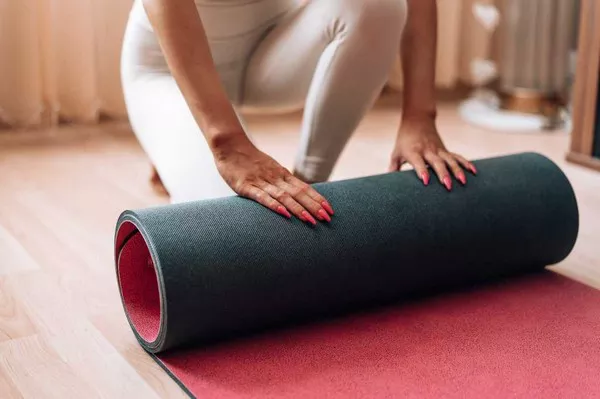Are you dreaming of a slimmer waistline and a more defined midsection? You’re not alone. Achieving a smaller waist is a common fitness goal for many individuals. A smaller waist not only enhances your overall appearance but also contributes to better posture and core strength. In this article, we will explore a comprehensive guide on how to make your waist smaller, covering various aspects including diet, exercises, and lifestyle changes.
1. Mindful Eating Habits
Achieving a smaller waist begins with a balanced and healthy diet. Here are some key aspects to consider:
Portion Control: Be mindful of portion sizes. Eating in smaller portions can help reduce calorie intake and aid in weight loss.
Nutrient-Rich Foods: Focus on a diet rich in fruits, vegetables, lean proteins, and whole grains. These foods provide essential nutrients while keeping you full and satisfied.
Hydration: Drink plenty of water throughout the day. Staying hydrated supports overall health and can help control appetite.
Limit Sugar and Processed Foods: Reduce your consumption of sugary snacks and processed foods. These can lead to weight gain and bloating around the waist.
Fiber Intake: Incorporate fiber-rich foods like oats, beans, and vegetables into your diet. Fiber aids in digestion and can help control cravings.
2. Waist-Trimming Exercises
Combine a healthy diet with targeted exercises to make your waist smaller. Here are some effective exercises to include in your fitness routine:
Crunches: Traditional crunches target the abdominal muscles and can help tone your waistline. Aim for 3 sets of 15-20 reps.
Russian Twists: This exercise engages the oblique muscles. Sit on the floor, lean back slightly, and twist your torso from side to side while holding a weight or a household item.
Planks: Planks work your entire core, including the waist. Start with 30-second holds and gradually increase the duration as you get stronger.
Bicycle Crunches: Lie on your back and bring your right elbow towards your left knee while extending your right leg. Alternate sides in a pedaling motion.
Side Planks: These help target the oblique muscles. Hold the side plank position for 30 seconds on each side.
3. Cardiovascular Exercise
Incorporating cardio workouts into your routine is crucial for burning calories and reducing overall body fat, including around the waist. Here are some cardio options:
Running: Running is an excellent way to shed extra pounds and trim your waistline. Start with a comfortable pace and gradually increase your distance.
Cycling: Cycling is low-impact and effective for toning the lower body and waist. Consider cycling outdoors or using a stationary bike.
Swimming: Swimming provides a full-body workout and is gentle on the joints. It can help you achieve a smaller waist and a more toned physique.
4. Maintain Good Posture
Believe it or not, your posture plays a significant role in the appearance of your waist. Practice good posture by:
Engaging Your Core: Pull your abdominal muscles gently inward while sitting or standing to create the illusion of a smaller waist.
Shoulder Back: Roll your shoulders back and down to open up your chest and create a more streamlined silhouette.
5. Stress Management
High stress levels can lead to weight gain, especially around the waist. Incorporate stress-reduction techniques into your daily routine, such as meditation, deep breathing exercises, or yoga.
6. Get Adequate Sleep
Quality sleep is essential for overall health and weight management. Aim for 7-9 hours of restful sleep each night to support your fitness goals.
In conclusion, achieving a smaller waist involves a combination of healthy eating habits, targeted exercises, cardiovascular workouts, good posture, stress management, and quality sleep. Remember that spot reduction is not effective, so focus on overall body health and fitness. By following these tips and staying consistent, you can work towards your goal of a smaller, trimmer waist and a healthier you. Start your journey today and watch your waistline transform over time.
Remember, results may vary from person to person, so consult with a healthcare professional or fitness expert before starting a new diet or exercise program.
Related Links:


